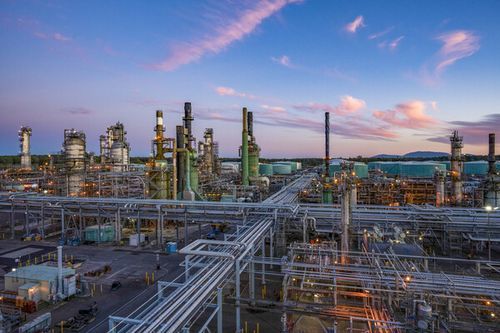In a recent study published in the Journal of Physics: Conference Series, researchers from the National Renewable Energy Laboratory (NREL) and Fractal Energy Storage Consultants explored the viability of large-scale offshore wind-to-hydrogen systems in the United States.
The researchers utilized an open-source scenario analysis tool to conduct a regional techno-economic analysis at four U.S. coastal sites: Gulf of Maine, New York Bight, Gulf of Mexico, and California. Each site was chosen based on its unique geographical and technological characteristics. The analysis evaluated two primary configurations for energy transmission: centralized onshore electrolysis and offshore electrolysis.
The study found that fixed-bottom technology sites, like New York Bight and Gulf of Mexico, could achieve cost-competitive hydrogen production by 2030, particularly when utilizing geologic hydrogen storage and federal policy incentives.
Floating technology sites, meanwhile, represented by locations such as the Gulf of Maine and California, are expected to see a significant reduction in the levelized cost of hydrogen (LCOH) by 2035, although these remain more expensive due to higher uncertainty and costs.
The study projected a substantial decrease in the costs associated with offshore wind energy and electrolysis technologies over time. For instance, the levelized cost of energy (LCOE) for offshore wind plants decreased significantly between 2025 and 2035 due to technological advancements and economies of scale.
For example, the installed wind system capital costs are projected to drop from approximately $10,226/kW in 2025 to $4,860/kW by 2035 for the Gulf of Maine.
The cost of PEM electrolysis is also projected to decrease, with installed capital costs for onshore configurations dropping from $900/kW in 2025 to $445/kW in 2035.
Centralized onshore electrolysis generally presented lower LCOH compared to offshore electrolysis due to lower associated costs and higher efficiency in hydrogen production.
Policy incentives from the Inflation Reduction Act (IRA), including production tax credits (PTC) and clean hydrogen production tax credits (H2 PTC), play a crucial role in reducing costs. These incentives, when combined with technological improvements, are vital for making hydrogen production economically viable by 2030.
These incentives can lower the LCOH by approximately $4.5/kg-H2 in both 2025 and 2030 when the prevailing wage and apprenticeship (PWA) multiplier is applied.
The study highlights that with these incentives, hydrogen production could become cost-competitive with current carbon-intensive methods, reaching approximately $2/kg-H2 at fixed-bottom locations by 2030.







